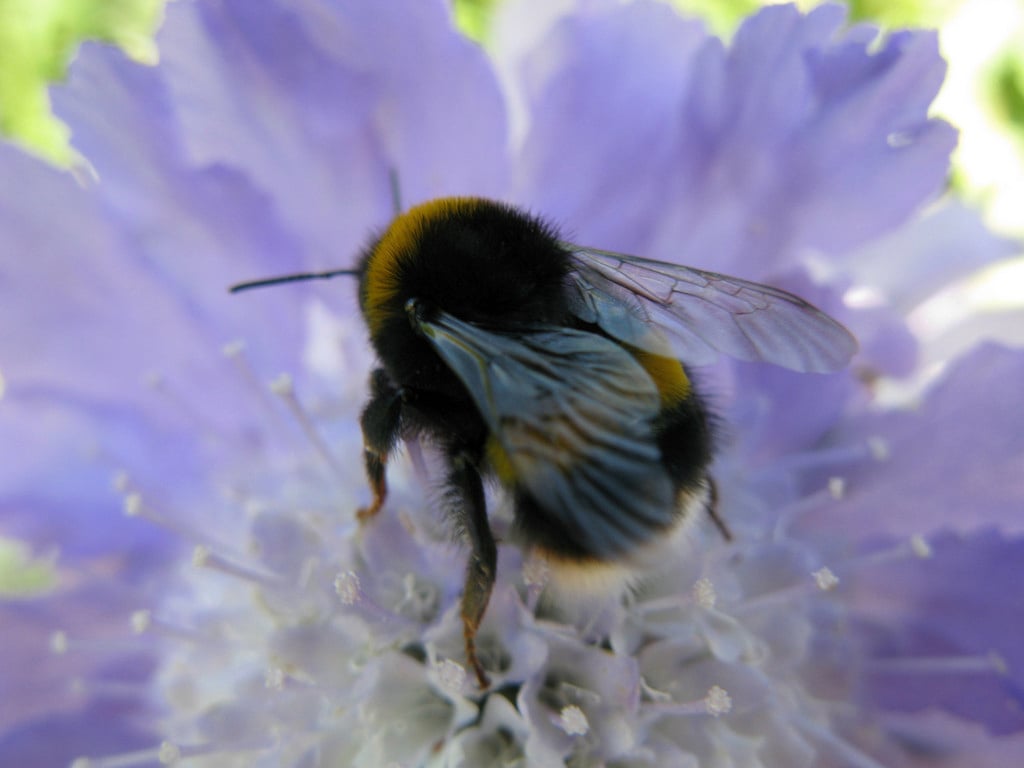Wild garlic and crow garlic
Wild garlic or ramsons are a pleasing sight in British woodlands, producing a haze of white flowers from April to June. The leaves are edible and add a garlic flavour to salads. However, their persistent bulbs and spreading habit can make them a problem in some gardens. The less common but equally persistent crow garlic can also be a nuisance.
Quick facts
Botanical name Allium ursinum (wild garlic); A. vineale (crow garlic)
Areas affected Beds, borders and uncultivated areas
Main causes Bulbous plants that spread by bulbs or bulbils
Timing Seen late autumn to mid-summer; treat late autumn to mid-winter
What are they?
Wild garlic or ramsons (Allium ursinum) and crow garlic (A. vineale) are bulbous plants native to Britain that can be problematic in gardens. The leaves of both species are edible, although A. ursinum seems to be more popular; the leaves can be used raw or cooked for a mild garlic flavour.
Like many alliums, A. ursinum and A. vineale are good for pollinators, featuring on the RHS Plants for Pollinators list. A. ursinum flowers in spring, providing a source of nectar early in the year.

Bees in your garden
How gardeners can help our declining bees and other pollinators
Although beneficial to wildlife and useful as an edible plant, wild garlic and crow garlic may need to be controlled in some garden situations. This page looks at options for gardeners when wild garlic or crow garlic are becoming a problem.
Appearance
Wild garlic (Allium ursinum) often grows in large, dense colonies. The long, elliptic leaves are accompanied by angular (triquetrous or three-sided) flowering stems from April to June with umbels of white flowers at the top. Plants may reach 50cm (20in) in height.
Crow garlic (Allium vineale) has more slender, rounded flowering stems and tubular leaves. It can reach up to 1.2m (4ft) in height. The actual flowers are very small but there are usually few of these in the flowering head which instead is made up of small, purplish bulbils. Flowering time is June to August.
The problem
Wild garlic spreads by the production of underground bulbs, whereas crow garlic spreads easily by bulbils which form in the flowers. These bulbils may remain dormant in the soil for up to six years.
The bulbs and bulbils can also persist in garden compost heaps.
Control
The RHS believes that avoiding pests, diseases and weeds by good practice in cultivation methods, cultivar selection, garden hygiene and encouraging or introducing natural enemies, should be the first line of control. If chemical controls are used, they should be used only in a minimal and highly targeted manner.
Cultural control
Consider non-chemical options first.
On loose or light soils, remove all bulbs with a hand fork or trowel. This is a laborious task and will only be effective if done thoroughly, perhaps even resorting to sieving the soil to ensure all small bulbs and bulbils are removed.
An alternative method is to cultivate the soil during dry conditions in November or late January, when the bulbs are in growth and most susceptible to disturbance. This will weaken them and may prevent flowering and the production of bulbils, but do not dig from August to early October, when the bulbs are dormant, as this will simply spread the bulbils around.
Caution: do not dispose of bulbs or bulbils by adding them to the garden compost heap.
Weedkiller control
The RHS does not support the use of weedkillers and recommends that alternative control methods are used. However, we do note that when gardeners struggle to control plants with cultural methods, regulated weedkillers/pesticides for home gardeners are available for use legally. Garden centres and large retailers selling weedkillers have trained staff who can advise on suitable products for your needs.
Weeds: non-chemical control
See also...
Get involved
The Royal Horticultural Society is the UK’s leading gardening charity. We aim to enrich everyone’s life through plants, and make the UK a greener and more beautiful place.